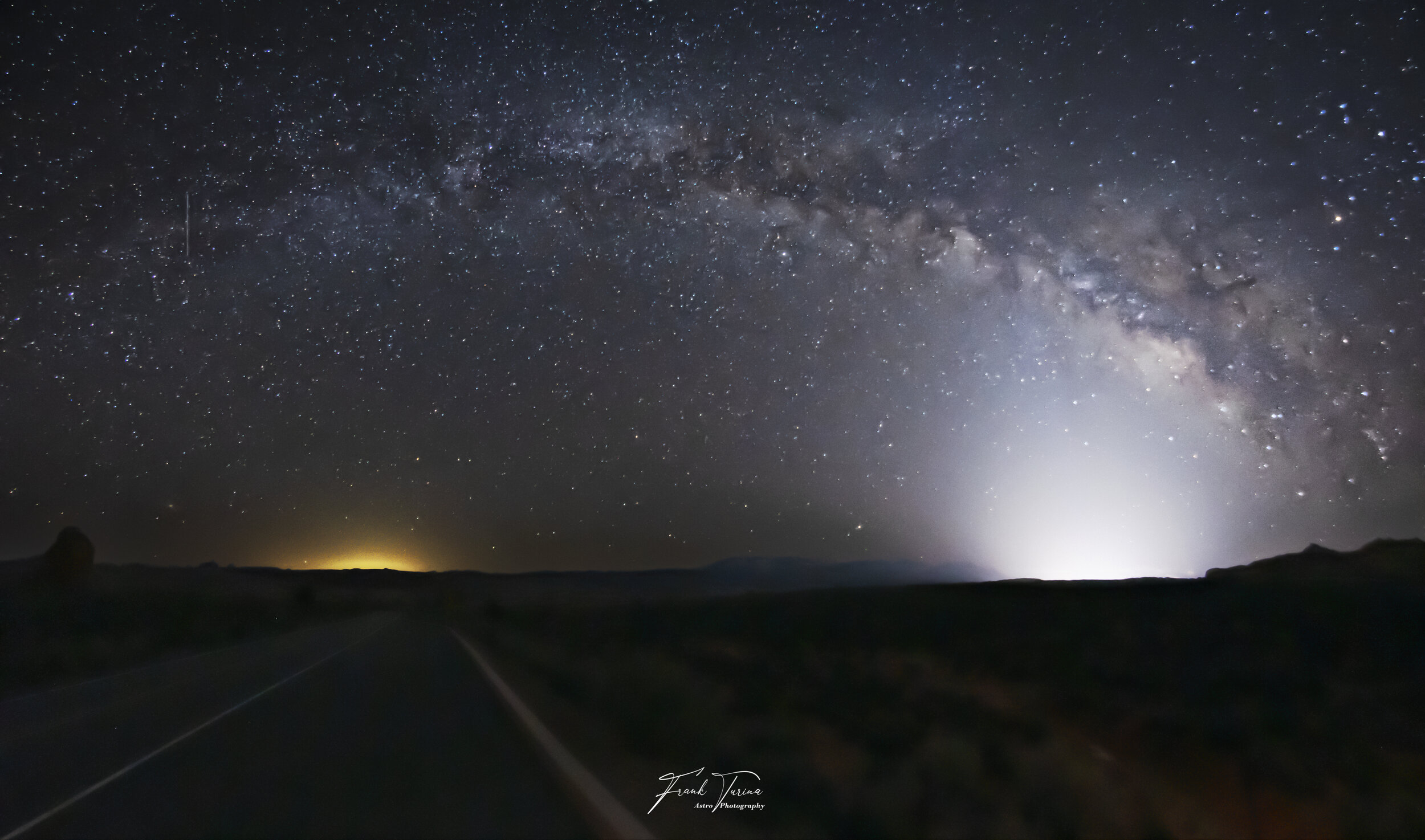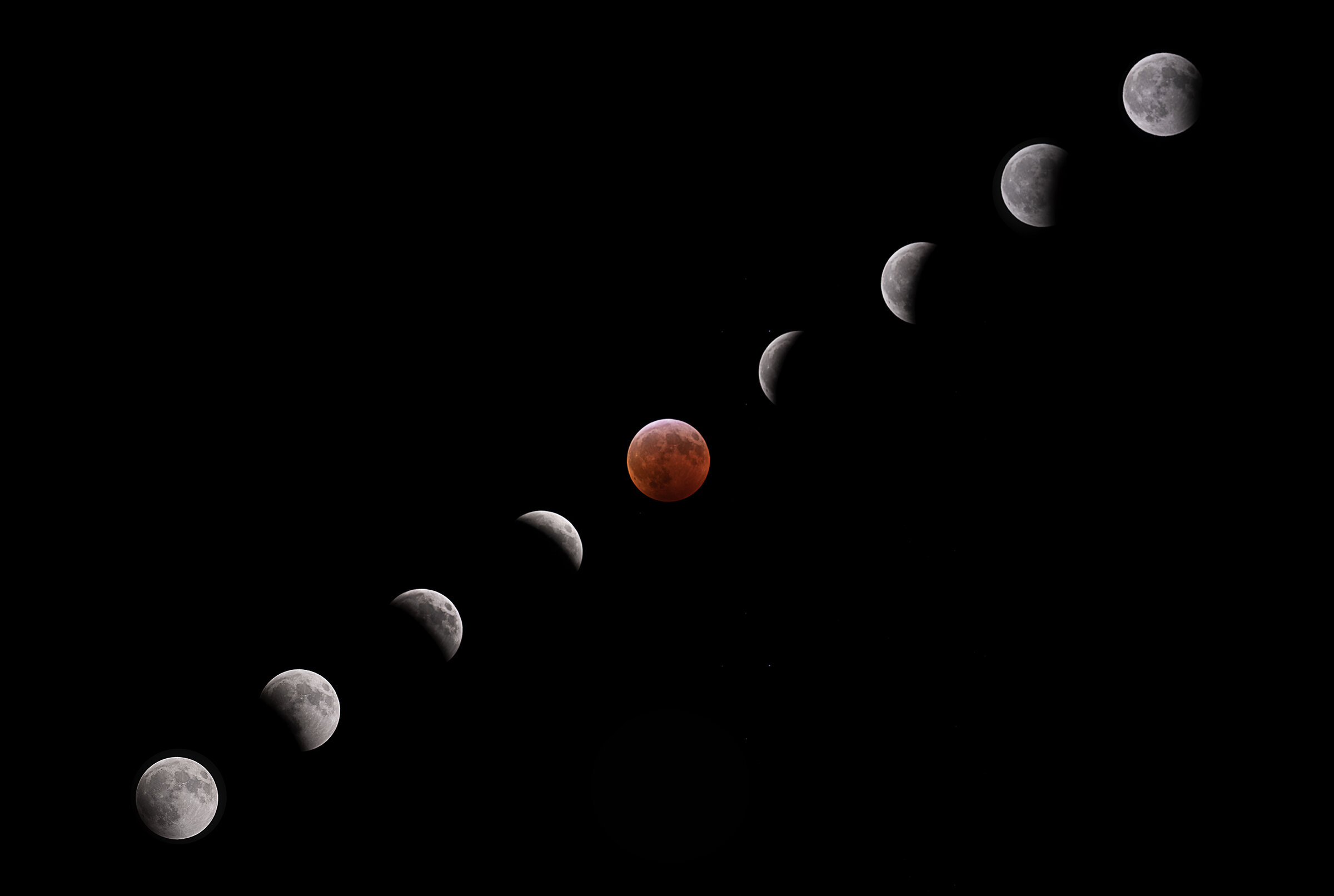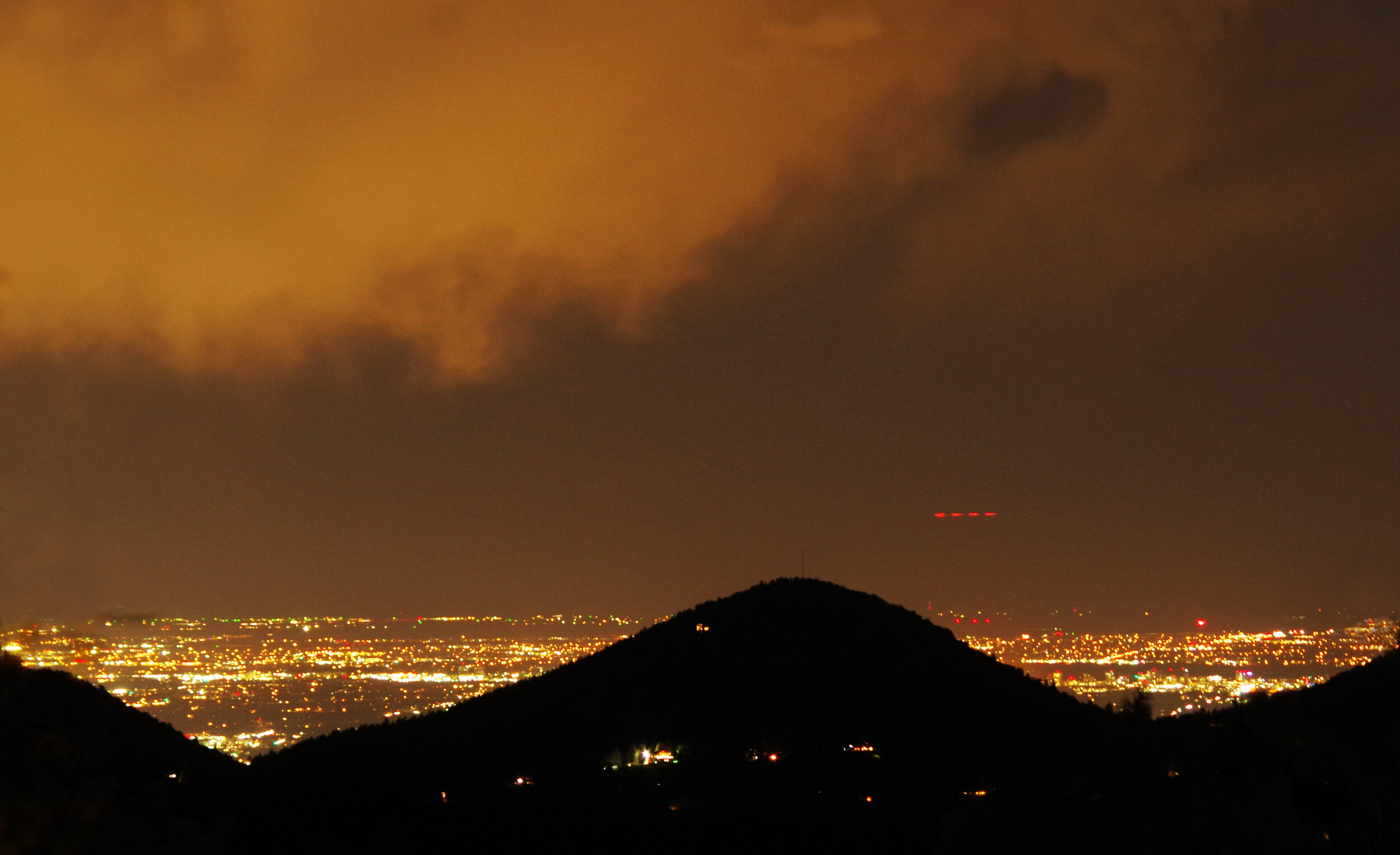
Night Sky Resource Center
Providing inspiration and information to protect night skies
Recent Items
As the night sky vanishes and fewer people experience truly dark skies, the foundation for the ethical care of this resource is lost. In A Sand County Almanac, Aldo Leopold noted that “we can be ethical only in relation to something we can see, feel, understand, love, or otherwise have faith in.” To create conditions for the evolution of a night sky ethic, we need to protect what we have. We need to expose as many people as we can to the stars; we need inspire and educate. We need to create the foundation for a sense of empathy toward the night sky and the people and animals affected by its loss.
Star Trails: Light Pollution and Insect Apocalypse
The next time you finish a meal at your favorite restaurant, instead of complimenting the chef, thank an insect. They contributed as much to the creation of your meal as the person running the kitchen. Insects are responsible for pollinating 80% of all trees and bushes on the planet including most of our food. Together, the estimated 5.5 million species form the biological foundation for all terrestrial ecosystems. Unfortunately, insects are in trouble. Recent studies have shown that the abundance of flying insects decreased by more than 80% in the past 20 years and light pollution is a leading cause.
Light Pollution and the Greatest Natural
Spectacle on the Planet
“The sea-bird wheeling round it,
With the din of wings and winds and solitary cries,
Blinded and maddened by the light within,
Dashes himself against the glare, and dies.”
— Excerpt from The Lighthouse (1850) by Henry Wadsworth Longfellow
April and May are the heart of annual spring migration when birds of all sizes, shapes, and colors work their way to their summer breeding grounds. Lights from cities disorient and divert birds from their route, drawing them in like moths to a flame. Millions won’t survive.
Five Principles for Responsible Outdoor Lighting
A Clear Purpose
The officer let us go with a warning and an admonition - “Be careful on the mountain, tonight.” It was 1:30 a.m., almost time for the mostly working-class bars in Leadville to close. As I passed the police on Harrison Ave doing 32 in a 25, I guess I looked suspicious. He pulled me over right in front of Wild Bill’s hamburger joint.
Light pollution from Denver Photo: F. Turina
New Announcement: Coming Soon
Five Principles for Responsible Outdoor Lighting
A light dusting of Colorado powder had fallen earlier in the day and now a big storm was traveling across the four corners, heading for Denver. This one promised to deliver over two feet of dense, heavy, late-winter snow. But not yet. Tonight, the skies are clear as I tend to my telescope, hoping to capture a few more photons from M106, a beautiful galaxy in the constellation Canes Venatici, the hunting dogs. It’s a mild, windless night. Literally, the calm before the storm. Without thinking, I lie down on my deck and look up. To the west, the sky is deep and dark. Betelgeuse emits a warm red glow, Sirius a brilliant silver-blue. The twins, Pollux and Castor, are almost directly overhead. To the east, the view is vastly different. Near the horizon, the sky glows a milky white, fading as it rises overhead. The light from Arcturus, the brightest star in the northern hemisphere, makes it through, but the others are lost in the veil of light rising over Denver.
New Article Review: Light Pollution and Environmental Justice
On September 15, 1982, Dollie Burwell dropped her 10-year-old daughter Kim off at the bus stop, went home, and prepared to be arrested. That morning, 125 people were gathering at the Coley Springs Baptist Church in Afton, NC, steeling themselves to walk the mile and a half to the sight of a hazardous waste landfill where 60 police officers dressed in full riot gear were waiting for them. As she was preparing to leave her house she turned and saw Kim standing at the door. “I want to come with you”
Star Trails: Light Pollution and Climate Change
A thick blanket of brown gray smoke blanketed our neighborhood. It covered the entire front range of the Rocky Mountains and spread east over Denver on its way to Chicago, Pittsburgh, and the east coast.
Meanwhile about 50 miles north, my brother in law and his wife were evacuating, leaving their home in a state of uncertainty and anxiousness. Their small town on the eastern edge of Rocky Mountain National Park was surrounded on three sides by wildfire. The closest, aptly named the east troublesome fire, had started a few days earlier on the west side of the park. In one terrifying night it exploded.
New Image: NGC 7822
The official name for this object is NGC 7822.
Common names are by far much more interesting and fun than catalogue entries. It's like looking for shapes in clouds on a summer day. In fact it's exactly like that. Except that these clouds are made of hydrogen, oxygen, sulfur and other gases and they're many trillions of miles in diameter. NGC 7822 is one of those nebulae that does not have a common name. Some people see a flaming skull (that seems pretty dark), while others see a bell. If you rotate it clockwise 90 degrees it kind of looks like a question mark. Personally, in the rotated version I see a giant ear, with a small round earring hanging below it. I'm not sure what that says about me?! What do you see?
New Article Review: Light pollution alters mountain lion behavior: But not in the way you might think
On January 14, 1991, Scott Lancaster, 18, left for a trail run on a rocky hillside above his Idaho Springs high school. He was never seen alive again. A few days later his body was found about a half mile away. A 100 lb mountain lion was spotted nearby. Scott had become the first confirmed mountain lion fatality in Colorado history.
Solving the puzzle of Scott’s death requires an understanding of a complex network of social and ecological factors that developed over many decades. A recent study adds a new piece to this puzzle: light pollution. Learn more about how light pollution affects mountain lion behavior, possibly resulting in more encounters with humans.
New Image: Tadpoles and Flaming Star Nebulae
The Tadpoles, the blue area in the lower right, is a dusty emission nebula located in the constellation of Auriga at about 12,000 light years from Earth. It's part of a larger star forming region that also contains the Flaming Star Nebula shown here in the upper left of the image. According to NASA, “This Tadpole region is chock full of stars as young as only a million years -- infants in stellar terms -- and masses over 10 times that of our sun. It is called the Tadpole nebula because the masses of hot, young stars are blasting out ultraviolet radiation that has etched the gas into two tadpole-shaped pillars.” The Flaming Star nebula lies about 1,500 light-years away from Earth and is about 5 light-years wide
Star Trails: Deep Time, Rythms, and the Night Sky
Before cell phones and watches and clocks, humans experienced time by looking up. We watched the movements of the sun, we tracked the motion and phases of the moon, and we studied the stars. Today, as we continue to lose our view of the celestial clock, our connection to the natural rhythm of our lives and our link to the distant past is diminished. Protecting night skies and reducing light pollution can help us maintain, restore, and better understand our ongoing inevitable relationship with time.
New Image: The Spaghetti Nebula
The Spaghetti Nebula. That really is the common name for this object. It's also goes by the much more boring names of Simeis 147 and SH2-240. It is an extremely faint supernova remnant located about half way between the constellations Auriga and Gemini. The remnant is pretty big with a diameter of approximately 3 degrees. That's the width of 6 full moons. It's located about 3000 light-years away. The supernova that created the spaghetti nebula occurred about 40,000 years ago. All that's left is a spinning neutron star known as a pulsar surrounded by the intricate filaments of gas and dust seen in the image. The material in this nebula is still expanding at a rate of nearly 600 miles per second. At that speed, you could travel from New York to Los Angeles in 4.085 seconds!
Less Recent Items
For generations, the seas have been synonymous with darkness. We all know that light gets absorbed quickly by water. We see it when we’re swimming at the beach. At night, we know that below the surface the sea is dark, black, devoid of light. Well, then again, maybe not.
11/11/2020
This time of year, as the nights get long and the cool blues of twilight fade into black, if you look to the east a bit above the Pleiades and just below the knee of Perseus, you’ll find the California Nebula.
If you’re like most people, as you gaze upon a star-filled sky, you will start to feel something that is rare, unique, and primal. You may feel like you’re in the presence of something so vast that you can’t fully comprehend its size and complexity. A bit of fear or anxiety washes over you. You feel diminished in its presence. You might get a sense that you are connected to everything in that moment. That feeling – that sensation – is awe.
11/2/2020















